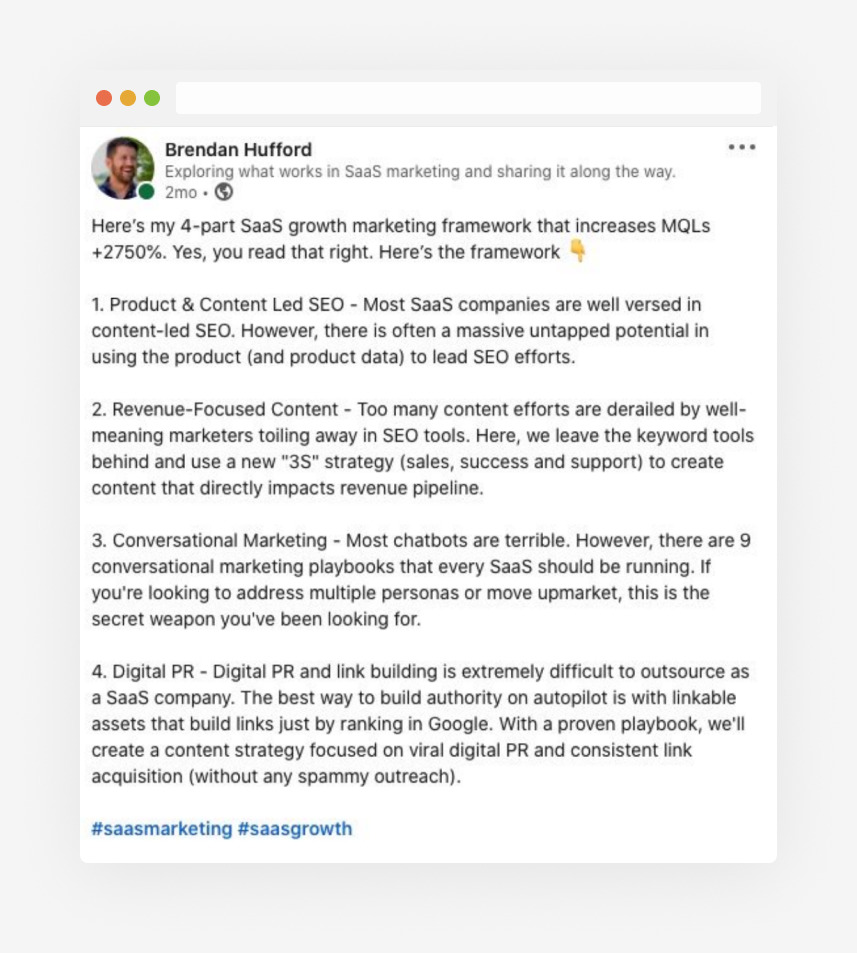Moving up the product management career ladder eventually means transitioning from day-to-day shipping of functions and features to making broader contributions to the company. This includes setting overall business strategy and driving reputation and profitability. It is important for product managers to understand that the number of functions or features released by a team is irrelevant if they don’t have a meaningful impact on the organization. One of the key factors to consider is profitability. The ultimate goal of most companies is to make money from customers, so it is crucial to ensure that product strategy aligns with the financial goals of the company. In this article, we will discuss the benefits of aligning product strategy and financial goals, methods to maintain alignment, and steps product managers can take to achieve this.
An overview of product strategy and financial goals:
To align product strategy and financial goals, it is important to understand what each term means and what they aim to achieve. Product strategy refers to the step-by-step method implemented by the organization to achieve its mission and vision. It involves factors such as identifying customers, understanding how the business benefits from the product, maintaining a competitive edge, and considering macroeconomic conditions. On the other hand, financial goals refer to what the company needs to accomplish to make a profit and build a sustainable business. Key financial measures include percentage growth of subscription revenue, monthly churn percentage, and percentage of users moving from free to paid tiers.
The advantages of aligning product strategy to financial goals:
Aligning product strategy with financial goals offers several advantages. Firstly, it ensures that every product release has a meaningful impact on the bottom line. Product teams need to consider what makes their product special and address any barriers that may hinder customer purchases or product expansion. By considering financial goals, product teams can justify future work and measure the impact of changes in the product. Secondly, aligning product strategy with financial goals helps to align different functions within the organization. Marketing, sales, operations, product, engineering, and design departments often have different objectives. By focusing on a common financial health metric, these functions can work together towards a common objective. Lastly, aligning product strategy with financial goals motivates teams and team members to do their best work. When team members see the impact their work has on the organization’s profitability, morale and motivation increase.
Key methods to aligning product strategy with financial goals:
To align product strategy with financial goals, it is important to gather information about how financial goals are set. Understanding what made customers pay for the product in the past and what will make them pay in the future is crucial. This requires considering different jobs-to-be-done and the value customers place on the product. It is also important to create and validate assumptions about product strategy with internal financial stakeholders. These assumptions should be discussed and tested internally and can also be brought to customer conversations. Additionally, it is essential to compare and contrast competitors’ strategies to understand what alternatives customers have and how they impact financial success.
By aligning product strategy with financial goals, product managers can ensure that their product releases have a meaningful impact on the organization’s bottom line. This alignment also helps to align different functions within the organization and motivates teams to do their best work.
Source link























